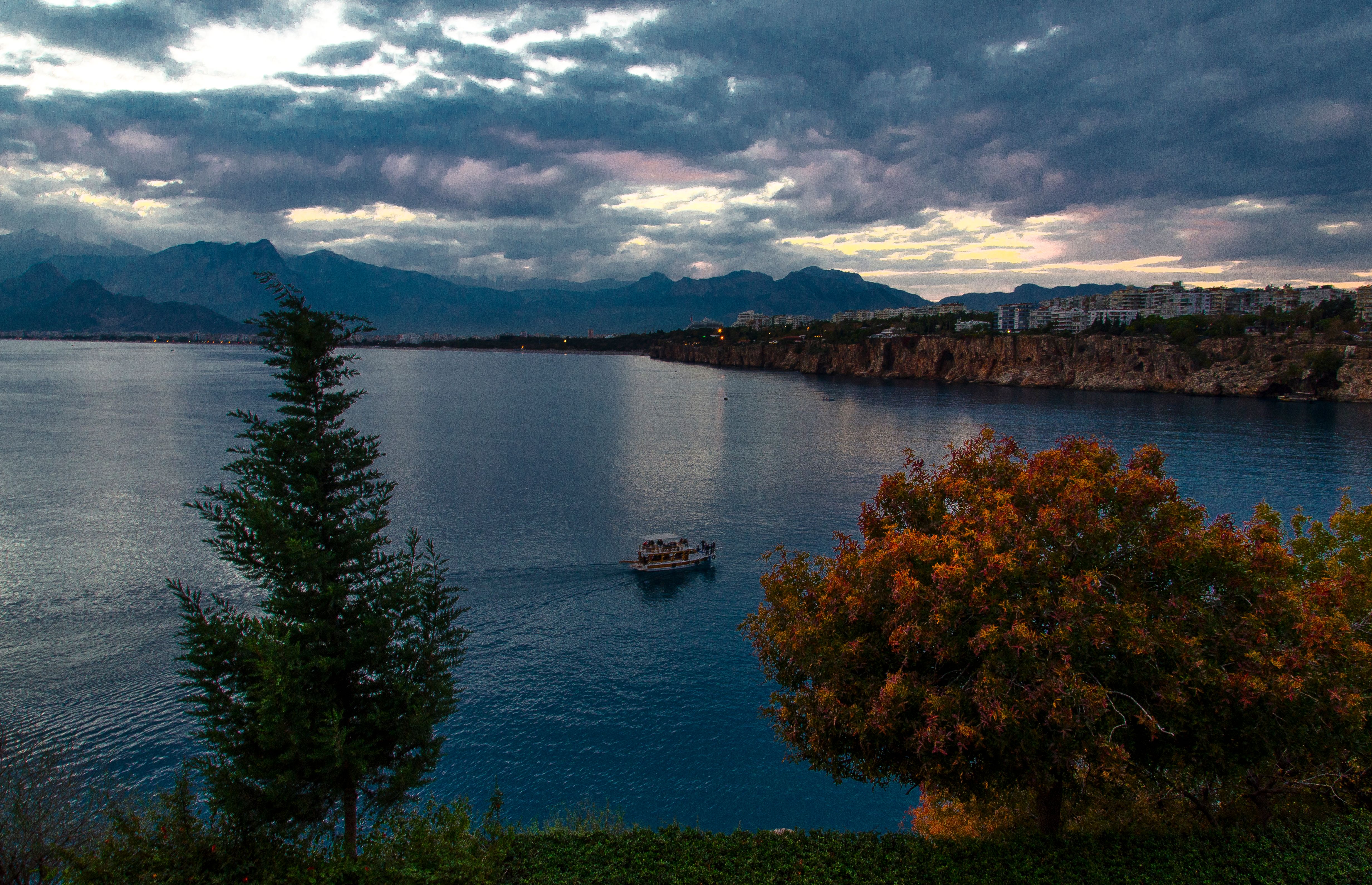the beauties of Antalya

First, let's remove your curiosity about the name; Karaalioğlu ownership of a part of the park area belongs to the name "Karaalioğlu" and a part belongs to the Special Provincial Administration. Governor Haşim İşcan solved the expropriation problem with the garden owner by giving the name "Karaalioğlu"
"20. Until the first years of the century, Karaalioğlu Garden was a promenade place. On the side of Bahçenin Yenikapı were Leski Coffee House, Attalos Club, Nocera Cinema, Agia Pantaleimon Church and Greek Cemetery belonging to the Greek Community. Leski Coffeehouse In the first years of the Republic, Vatan Kıraathanesi and Nocera Cinema took the name of Leyla Cinema. Agia Pantaleimon Church was also used as a Turkish puppet building.
The conversion of the Karaalioğlu Garden to a modern park comes at the beginning of the 1930s. The foundations of the Ipekcilik Mektebi were laid in 1929, the construction of a double road was completed in August 1930, and a children's park was built in the garden in 1930.
However, Karaalioğlu Bahçesi was a promenade surrounded by hedgehog trees even in the early 1930s. Gazi Boulevard was opened in the garden on February 27, 1931, and in 1934 the Silkworm Cultivation Station was built next to the Bektucilik Mektebi. In 1931, the foundation of the Halkevi building (now the Büyükşehir Municipality Building) was laid.
During the Governorship of Haşim İşcan, modern park studies were initiated on March 2, 1941 under the leadership of the "Association for the Promotion and Promotion of Antalya", which was established on 14 August 1940. Karaalioğlu Bahçesi entered the service on 29 April 1943 with the name "İnönü Park" after three years of work.
The park was established on an area of 140 thousand square meters. In the park, there are three parallel streets in the east-west direction to the sea, and these are finished with three viewing terraces along the sea shore. Some special sculpture work was carried out in the park in the late 1970s.